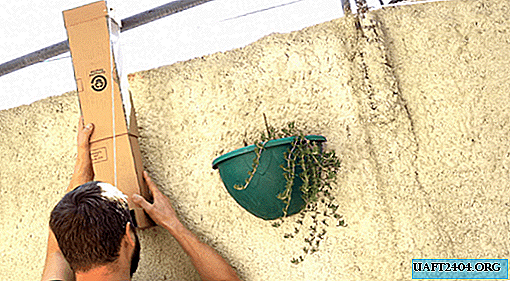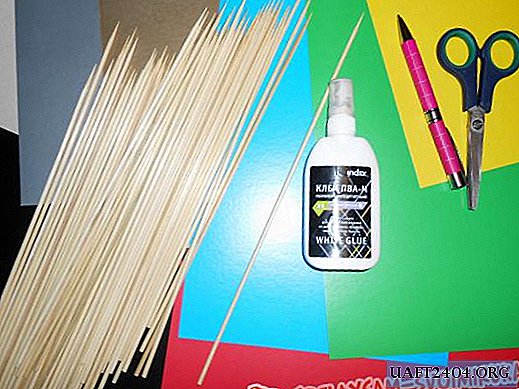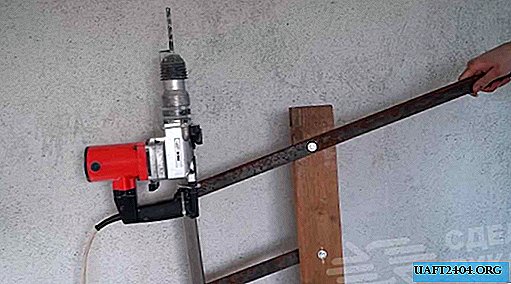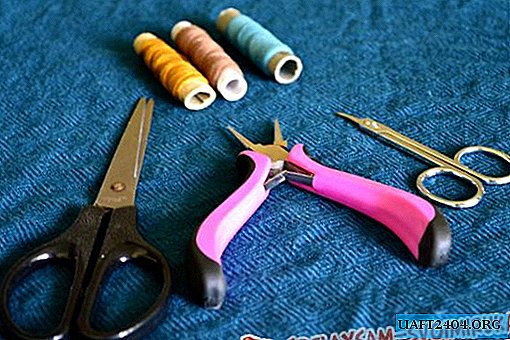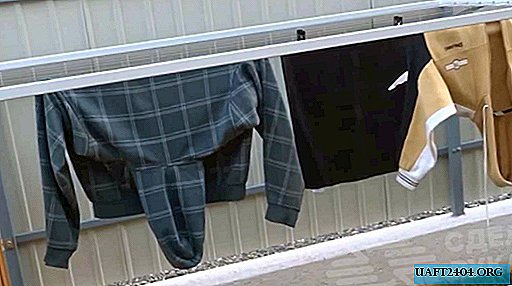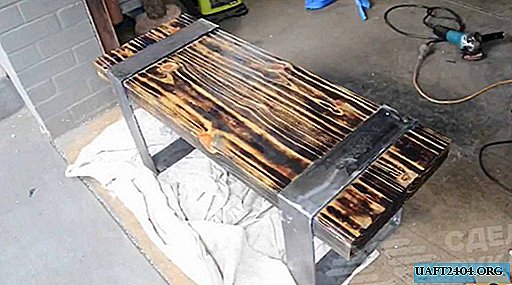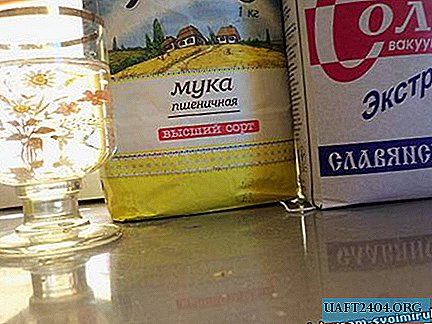Share
Pin
Tweet
Send
Share
Send
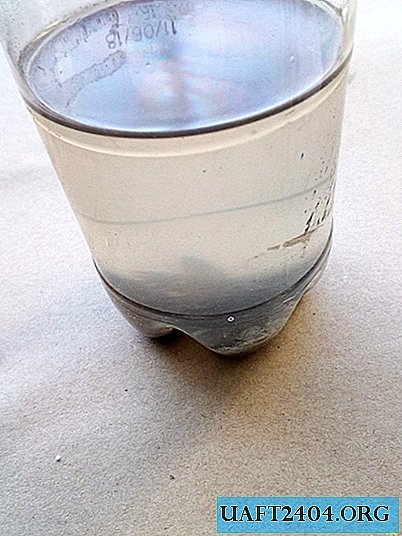
Sometimes it becomes necessary to protect a product from environmental influences. In other words - paint, varnish. But, it is not always at hand lacquer or paint that can dry in a short time. This is one thing. Another that they are not always needed in the volumes that are offered in the store: 0.5 liters or more. Here, varnish made from dissolved polystyrene (packaging foam) can come to the rescue, which is quite simple to prepare, but is quite worthy of replacing the "store" one.
Would need
To prepare it you will need:
- Expanded polystyrene is a polystyrene foam.
- Orthoxylene or simply Xylene.
- Small capacity (cut off gas can, beer can, etc.).
- Wooden hinge.
- A piece of bandage or gauze.

"Xylene", "Orthoxylene" is sold in building materials stores, in half-liter and liter bottles. Finding polystyrene foam is also probably not difficult.

Instead of “Orthoxylene” or “Xylene”, “Butyl acetate” can be used. It would be preferable for our purpose, but it is extremely rare in retail. Trying to dissolve polystyrene foam in acetone, and even more so in gasoline, is not an entirely successful undertaking.
It turns out a jelly-like substance, which is difficult to apply with a thin layer. True, it can be used as glue, but it dries painfully for a long time.
Production of polystyrene foam varnish
Well then. Let's get started. In the prepared container we pour the amount of Orthoxylol we need. Grams 70-100. And slowly, we throw small pieces of "polystyrene" into it.

To speed up dissolution, it is best to press them lightly with a stick, so that they are completely immersed in the liquid. Almost instantly, abundant gas bubbles are observed. Polystyrene dissolves and the released gas escapes.

"Polyfoam" "melts" before our eyes, leaving small particles on the surface that also disappear without a trace.

You need to add polystyrene foam until the consistency of the contents of the container is close to liquid honey. That is, until it begins to drain from the stick in the form of a thread, without breaking up into drops. The thicker the “varnish” becomes, the less quickly the dissolution of the “foam” occurs.
Now that the density required for us has been achieved, you need to let the tank stand for about 20 minutes, so that all the gas finally comes out. Well, if you really can’t wait, you can stir everything with the same wand - the process will accelerate. Next, covering the container with gauze, or some other material (a piece of cloth from women's tights was used in the photo), we filter its contents into another, clean container, for use and storage of varnish.


It turns out to be slightly grayish and almost transparent.

Already ready for use. At 20 degrees of ambient air, drying out (hand does not cling) - 3-5 minutes. Full cure occurs no later than 1 hour. At 25 degrees, half an hour is enough.
From my own experience: I used varnish for varnishing of wooden surfaces, in particular - propellers, wood crafts. Also, adding wood shavings to the varnish from under the rasp, or from a large "sandpaper", you can putty to fill cracks, chips, holes. The varnish holds very well, is moisture resistant and is quite resistant to abrasion. He covered them, as well, and painted products. There is no difference from the "store" varnish.
Precautionary measures!
"Orthoxylene" is a petroleum-flammable liquid with a rather unpleasant odor. Therefore, working with him at home, most likely, will not quite please the household. For this reason, it is better to do on the balcony, on the street, in the garage. The resulting varnish also has a smell, which disappears completely during drying. Use for items in contact with food - NOT advisable!
Good luck.
Share
Pin
Tweet
Send
Share
Send

